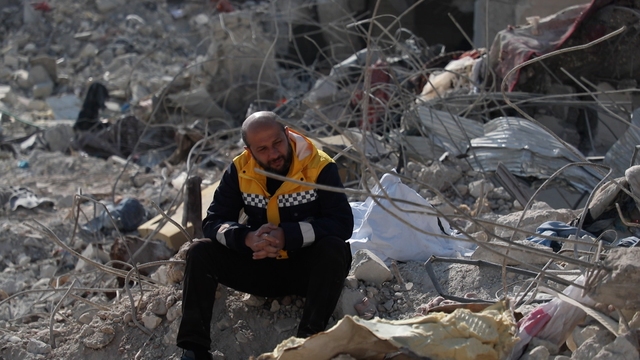Fault Lines
The UN and the Syrian earthquake
 The earthquake on the Turkey-Syria border in February caused complete devastation, with a death toll of more than 50,000. Five weeks on, many are questioning the adequacy of the UN’s response to one of the worst natural disasters of the century.
The earthquake on the Turkey-Syria border in February caused complete devastation, with a death toll of more than 50,000. Five weeks on, many are questioning the adequacy of the UN’s response to one of the worst natural disasters of the century.
Early in the morning on 6 February, an earthquake of 7.8 magnitude struck near Gaziantep in Turkey. Across the border in Syria, strong tremors were felt and buildings, weakened by years of conflict, collapsed in huge numbers. In Turkey a major aid effort quickly got under way and in government-controlled Syria, the army rapidly deployed to affected areas. In the parts of northwest Syria under opposition control, the picture was very different. ‘What matters in terms of responding to an earthquake is time, and the immediacy of the response, and here the UN just stood there completely paralysed’, says Sarah Kayyali, human rights lawyer. ‘If teams had arrived with thermal cameras or search and rescue dogs, it would have made a big difference to the people stuck under the rubble. We don’t have that equipment’, says Raed al-Saleh, head of the White Helmets, a Syrian volunteer civil defence organisation. ‘We regret to say that this assistance would have saved many lives’. Martin Griffiths, in charge of emergency relief at the UN admitted that the UN ‘have so far failed the people in north-west Syria. They feel rightly abandoned’.
FULL SYNOPSIS

